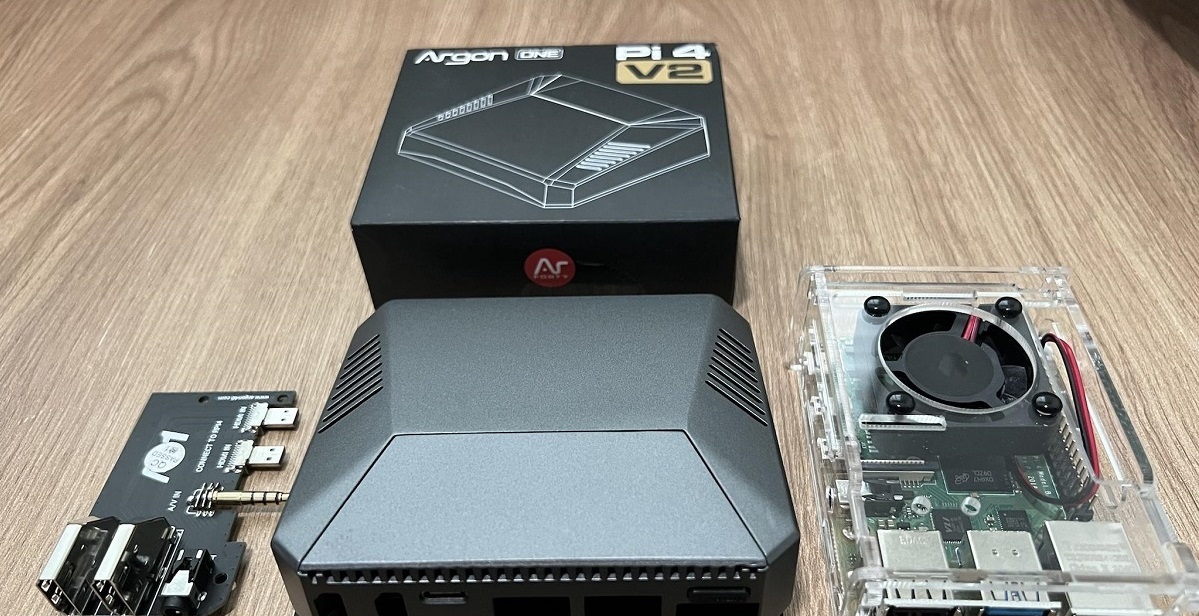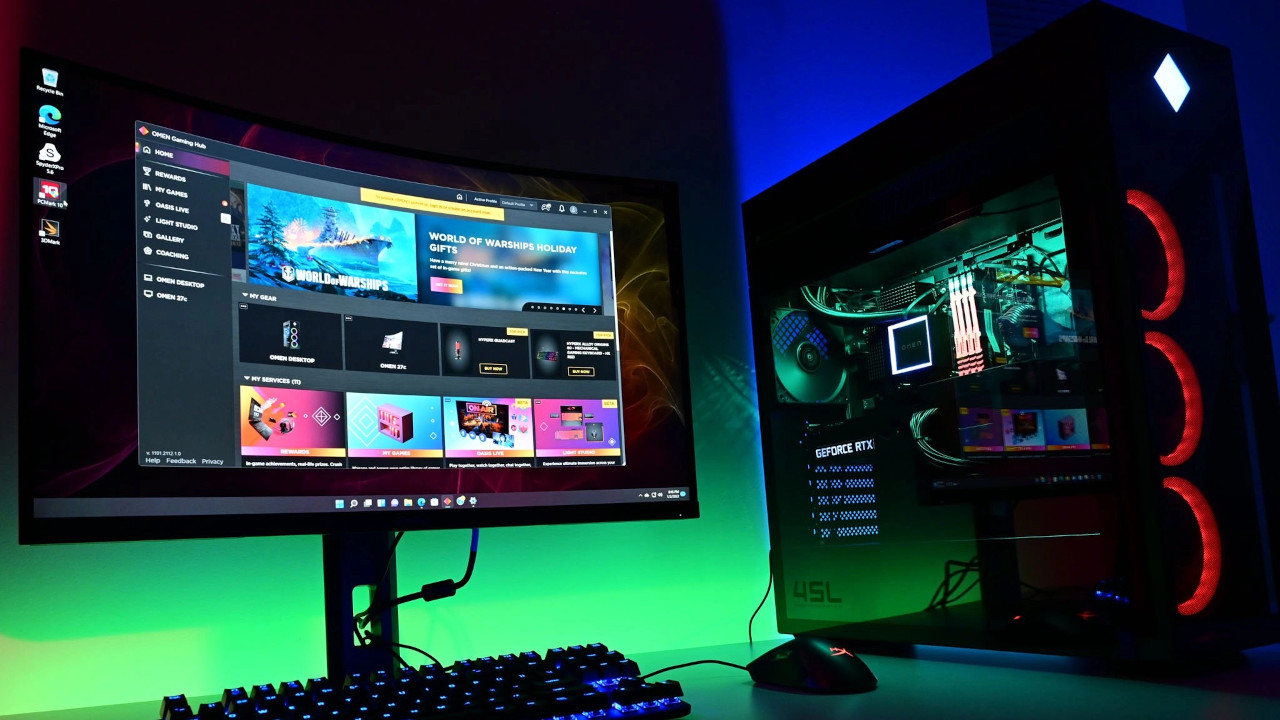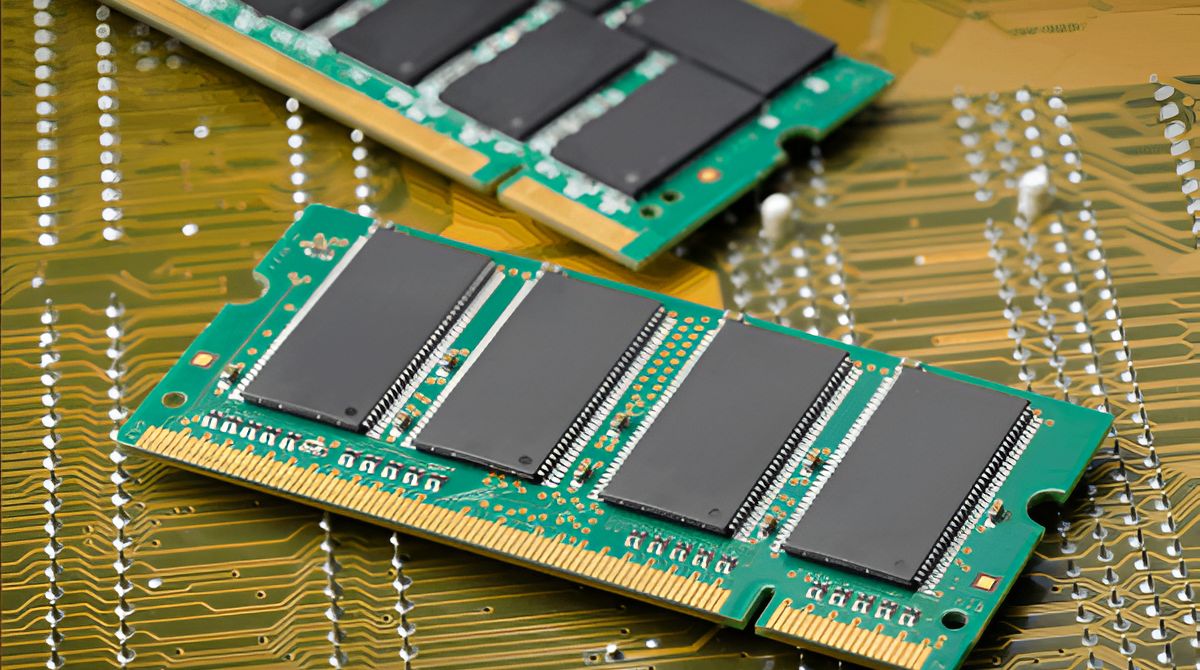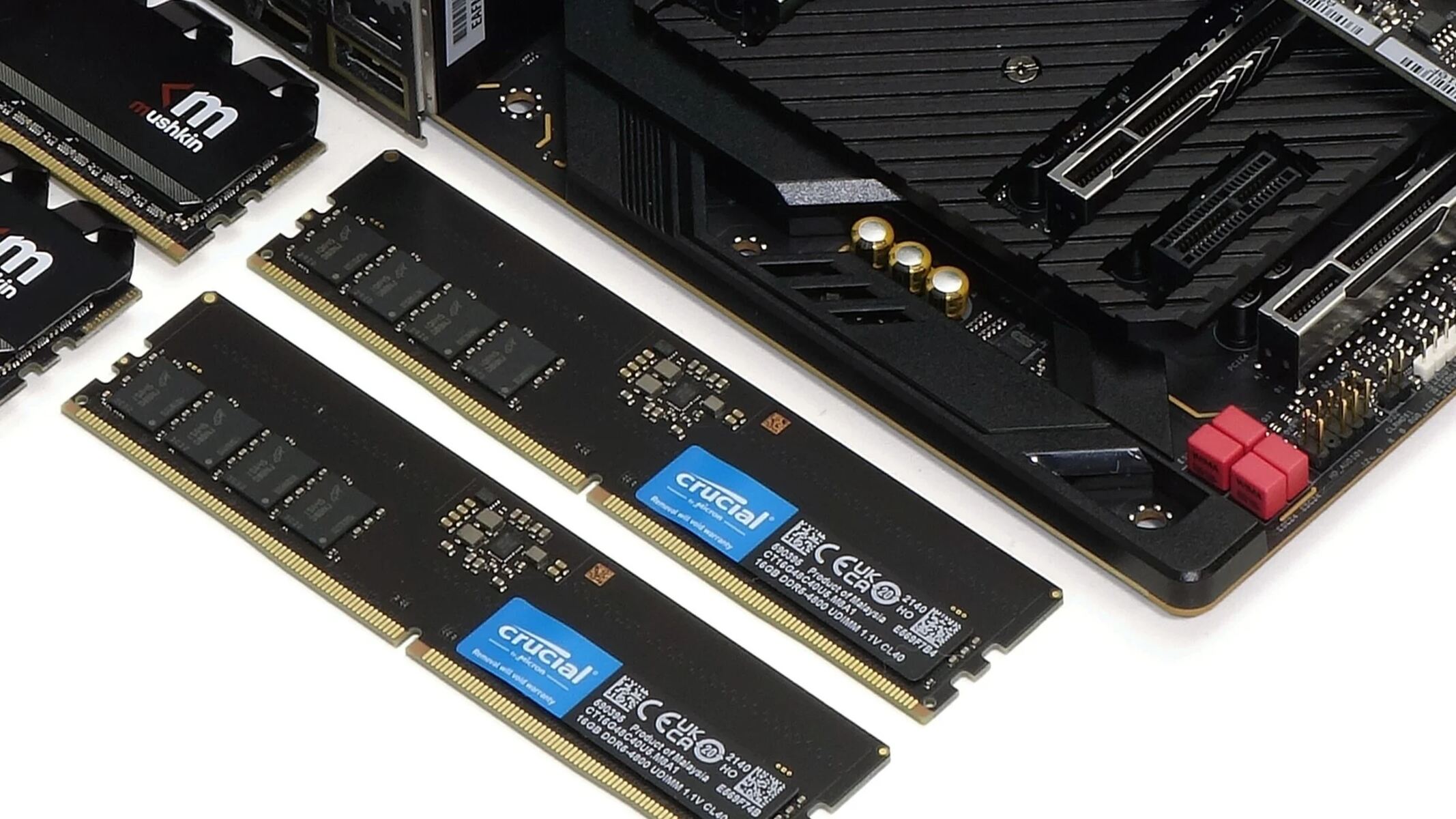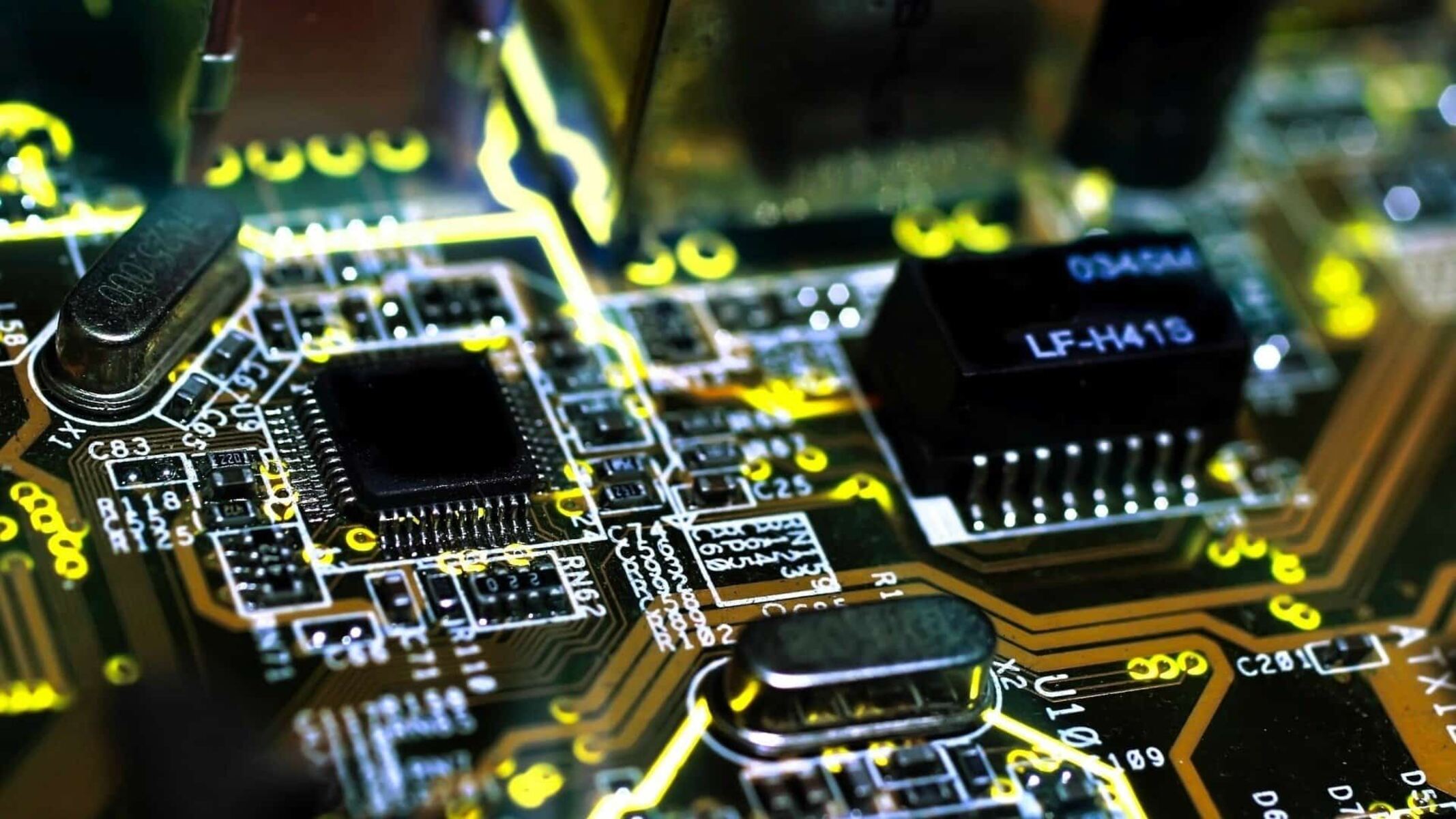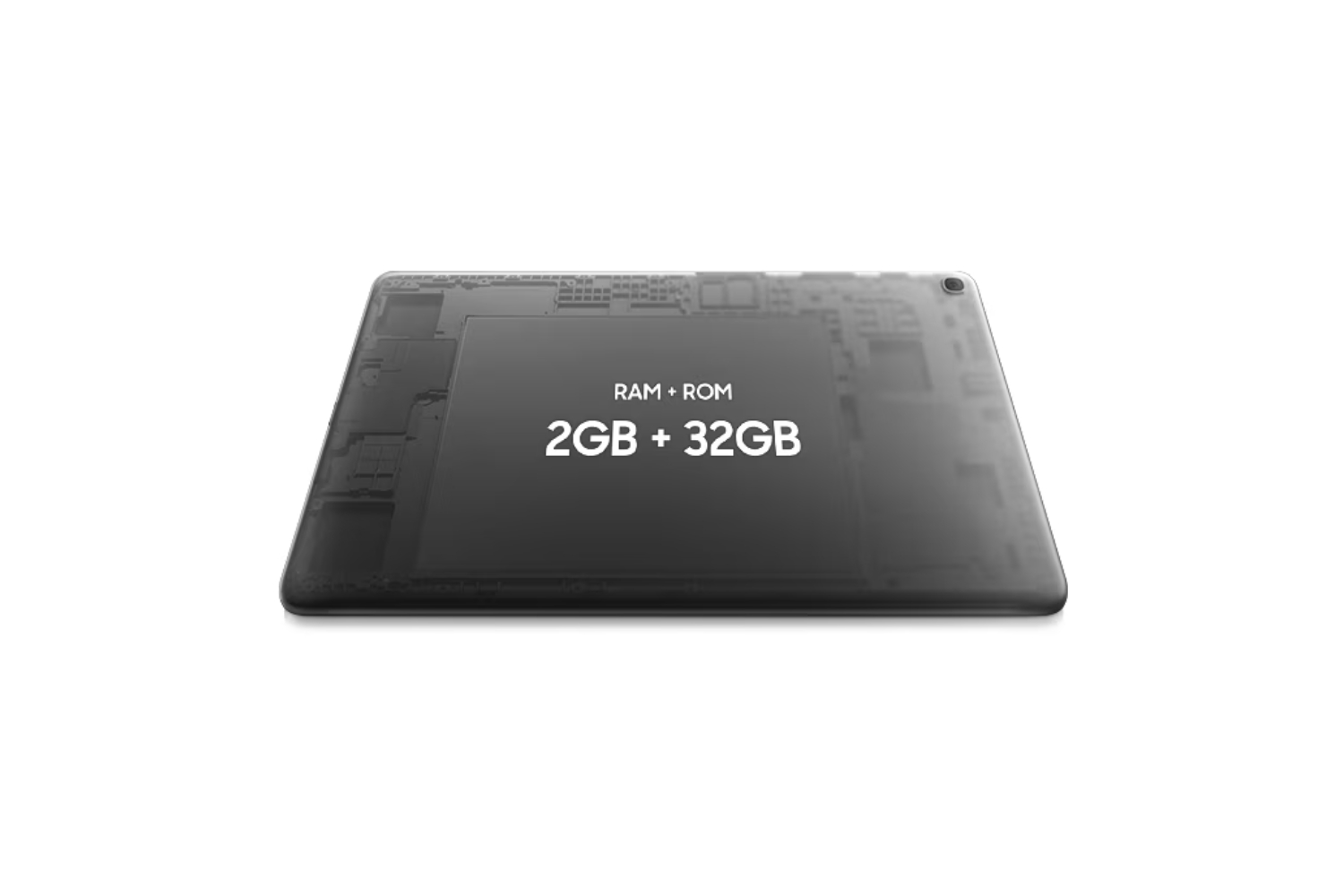Introduction
Welcome to the world of Home Assistant, a powerful and flexible open-source platform that allows you to automate and control your smart home devices. Whether you’re a tech enthusiast, a DIYer, or simply someone who wants to simplify their daily routines, Home Assistant offers a wide range of features to make your home smarter and more efficient.
As you dive deeper into the world of Home Assistant, you may come across the question of how much RAM you need to run the platform smoothly and efficiently. RAM, or Random Access Memory, is an important component when it comes to system performance, including the performance of Home Assistant.
In this article, we will explore the role of RAM in Home Assistant and provide you with some helpful tips on choosing the right amount of RAM for your setup. We’ll discuss the factors that influence RAM requirements, the minimum requirements for Home Assistant, and our recommended RAM specifications for optimal performance. Additionally, we’ll share some practical tips on how to optimize RAM usage in Home Assistant.
Whether you’re considering a new installation or upgrading your existing setup, understanding the RAM requirements of Home Assistant will ensure a smooth and seamless smart home experience. So, let’s dive in and uncover the world of RAM for Home Assistant!
What is Home Assistant?
Home Assistant is an open-source home automation platform that serves as the central hub for all your smart home devices. It allows you to connect and control various smart devices from different brands and protocols, giving you the freedom to create a truly unified and personalized smart home ecosystem.
With Home Assistant, you can integrate devices such as lights, thermostats, cameras, door locks, and more into a single interface. This means you can control and automate these devices using a smartphone, tablet, or computer, both locally and remotely.
One of the key features of Home Assistant is its flexibility and compatibility with a wide range of devices and services. It supports popular smart home protocols like Z-Wave, Zigbee, Wi-Fi, and even integrates with voice assistants like Amazon Alexa and Google Assistant.
Moreover, Home Assistant offers extensive customization options through its user-friendly web-based interface. You can create personalized automations, set up complex routines, and monitor your smart home system all in one place. The platform also supports advanced functions like scripting, presence detection, and voice control, allowing you to tailor your smart home experience to your exact needs and preferences.
Another important aspect of Home Assistant is its active and dedicated community. With a large and passionate user base, Home Assistant constantly evolves and improves thanks to ongoing development, frequent updates, and the integration of new features and integrations.
All in all, Home Assistant is a powerful, versatile, and customizable platform that puts you in control of your smart home. Whether you’re a beginner or an advanced user, Home Assistant offers endless possibilities to enhance your home automation experience.
Why does Home Assistant need RAM?
RAM, or Random Access Memory, plays a crucial role in the performance and efficiency of any software or operating system, and Home Assistant is no exception. Here are a few reasons why Home Assistant requires an adequate amount of RAM:
1. Handling data: Home Assistant constantly receives and processes data from various smart devices, sensors, and services. This data includes real-time updates, status changes, and user commands. To ensure smooth operation and timely response, Home Assistant needs enough RAM to efficiently handle and process this data.
2. Running integrations: Home Assistant supports a wide range of integrations with third-party devices and services. These integrations often require additional resources, including RAM, to establish and maintain connections, exchange data, and perform necessary actions. The more integrations you have, the more RAM Home Assistant will need to handle them effectively.
3. Managing the user interface: Home Assistant provides a user-friendly interface that allows you to control and monitor your smart home devices. This interface requires a certain amount of RAM to load and display device status, automation rules, and other user-specific settings. The responsiveness and smoothness of the interface depend on the available RAM resources.
4. Executing automations: Home Assistant allows you to create complex automations and scripts that trigger specific actions based on predefined conditions. These automations often involve multiple devices, events, and conditions, requiring sufficient RAM to execute seamlessly and avoid performance bottlenecks.
5. Supporting add-ons and plugins: Home Assistant offers a wide range of add-ons and plugins that extend its functionality and integrate with external services. These add-ons may require additional RAM to run efficiently, especially if they perform resource-intensive tasks like image processing, data analysis, or machine learning.
Without sufficient RAM, Home Assistant may experience performance issues, such as slow response times, delays in automation execution, or even crashes. Therefore, it is important to ensure that your setup has enough RAM to handle the demands of Home Assistant and provide a smooth and reliable smart home experience.
Factors to consider when choosing RAM for Home Assistant
When selecting RAM for your Home Assistant setup, there are several factors to consider to ensure optimal performance and stability. Here are key factors to keep in mind:
1. Number of devices and integrations: The more devices and integrations you have in your smart home setup, the more RAM Home Assistant will require to handle the data and communication between devices. Consider the number and complexity of your devices and integrations when determining how much RAM you need.
2. Complexity of automations: If you have intricate automations or scripts that involve multiple devices, conditions, and actions, you may require additional RAM to execute them smoothly. Complex automations can put a strain on the system, so ensure you have enough RAM to handle them without performance issues.
3. Resource-intensive add-ons or plugins: Some add-ons or plugins for Home Assistant may have higher resource requirements, especially if they perform tasks such as image recognition, video processing, or data analytics. Check the documentation of the add-ons or plugins you use or plan to use and allocate enough RAM to support them.
4. Future scalability: If you plan to expand your smart home setup in the future by adding more devices or integrations, it’s a good idea to account for potential RAM requirements. Aim for a RAM capacity that provides room for future expansion without needing to upgrade too soon.
5. Multi-user access: If multiple users will be accessing your Home Assistant instance concurrently, it may require more RAM to efficiently handle the increased data flow and user interface demands. Consider the number of simultaneous users and allocate enough RAM accordingly.
6. Operating system requirements: Check the minimum RAM requirements of the operating system you plan to run Home Assistant on. While Home Assistant itself may have specific RAM recommendations, you also need to ensure that your chosen operating system has enough RAM to run smoothly alongside Home Assistant.
7. System resources available: Evaluate the overall resources available on your hardware setup. Consider the processor (CPU) and storage (disk space) requirements alongside RAM to ensure a balanced and optimized system. Insufficient resources in any of these areas can lead to performance issues.
By considering these factors, you can make an informed decision and choose the appropriate amount of RAM for your Home Assistant setup. It is important to strike a balance between allocating enough RAM to meet the demands of your specific requirements and budget, while ensuring a smooth and efficient smart home automation experience.
How much RAM do you really need?
Determining the exact amount of RAM you need for your Home Assistant setup can be a bit tricky, as it depends on various factors, such as the size and complexity of your smart home, the number of devices and integrations, and your anticipated usage patterns. However, here are some guidelines to help you make an informed decision:
1. Minimum RAM requirements: Home Assistant recommends a minimum of 2GB of RAM to run the platform, but this may not be sufficient for larger or more complex setups. Consider the minimum requirements as an absolute baseline and aim for higher RAM capacity if possible.
2. Small to medium-sized setups: For smaller or medium-sized setups with a limited number of devices and integrations, 4GB to 8GB of RAM should generally be sufficient. This range allows Home Assistant to handle the necessary data and processes without experiencing major performance issues.
3. Large-scale setups: If you have a larger or more complex smart home setup, with multiple devices, extensive automation routines, and numerous integrations, it is recommended to have 8GB or more of RAM. This additional RAM provides headroom for processing power-hungry tasks and ensures smooth operation even with high data loads.
4. Multiple users: If you anticipate multiple users accessing your Home Assistant instance at the same time, consider allocating additional RAM to handle the increased data flow and user interface demands. A minimum of 4GB of RAM is recommended for multi-user setups, with additional RAM depending on the number of simultaneous users and their usage patterns.
5. Future expansion: It’s a good idea to plan for future expansion when deciding on the amount of RAM. Allocate enough RAM to accommodate potential growth in your smart home ecosystem, adding more devices, integrations, or users in the future. This helps avoid the need for immediate upgrades and ensures a scalable setup.
Remember, these guidelines are general recommendations and may vary depending on your specific setup and requirements. It is always a good idea to check the official documentation and resources for Home Assistant, as well as consider user feedback and experiences from the Home Assistant community.
Ultimately, having sufficient RAM ensures that Home Assistant operates smoothly, that automations execute promptly, and that the user interface is responsive. Adequate RAM capacity reduces the risk of performance bottlenecks and provides a reliable and enjoyable smart home automation experience.
Minimum RAM requirements for Home Assistant
Home Assistant recommends a minimum of 2GB of RAM to run the platform. This recommendation is based on a basic setup with a limited number of devices and integrations. While 2GB may be sufficient for smaller or less complex setups, it’s important to note that the minimum requirements may not provide optimal performance for larger or more advanced smart home installations.
With the minimum RAM of 2GB, Home Assistant can handle the essential tasks of receiving and processing data from smart devices, running integrations, and executing basic automation routines. However, it may struggle to manage larger datasets, handle more complex automations, or support resource-intensive add-ons or plugins.
If you have a small to medium-sized setup with a modest number of devices and integrations, 4GB of RAM is generally recommended. This additional RAM provides more headroom for Home Assistant to handle the increasing complexity and demands of the system, ensuring smoother operation and improved performance.
It’s worth noting that while RAM is an important factor, it should not be considered in isolation. The overall hardware resources, such as the processor (CPU) and available storage (disk space), should also be taken into account to ensure a balanced and optimal setup.
Keep in mind that the minimum RAM requirements provided are guidelines, and the actual RAM needed will depend on the specific needs and requirements of your smart home setup. It’s always a good idea to review the official documentation and keep up with the latest recommendations from Home Assistant to ensure your setup meets the necessary hardware requirements.
By allocating the appropriate amount of RAM, you can ensure that Home Assistant operates smoothly and reliably, whether you have a basic setup or a more advanced smart home installation.
Ideal RAM recommendations for Home Assistant
While the minimum RAM requirements for Home Assistant can provide a functional setup, there are ideal RAM recommendations that can offer better performance and stability, especially for larger or more complex smart home configurations. Consider the following recommendations when choosing RAM for your Home Assistant setup:
1. Small to medium-sized setups: For smaller or medium-sized setups with a moderate number of devices and integrations, we recommend having at least 4GB to 8GB of RAM. This range provides enough resources for Home Assistant to handle data processing and handle automation routines efficiently.
2. Large-scale setups: If you have a larger or more intricate smart home setup with multiple devices, extensive automation rules, and numerous integrations, it’s advisable to have 8GB or more of RAM. This additional RAM capacity helps ensure smooth operation and prevents performance bottlenecks, especially during high data loads or complex automation scenarios.
3. Resource-intensive add-ons or plugins: If you plan to use resource-intensive add-ons or plugins in your Home Assistant ecosystem, consider allocating additional RAM. Add-ons that perform tasks like video processing, machine learning, or complex data analysis may require more resources to operate optimally.
4. Multiple users: If your Home Assistant instance will be accessed by multiple users simultaneously, allocating more RAM is recommended. A minimum of 4GB of RAM is advised for multi-user setups, with additional RAM based on the number of users and their usage patterns.
5. Future scalability: It’s important to plan for future expansion when considering RAM requirements. Allocate enough RAM to accommodate potential growth in your smart home setup, allowing for additional devices, integrations, or users. This ensures scalability and reduces the need for immediate upgrades as your smart home evolves.
These ideal RAM recommendations are meant to provide optimal performance and stability for Home Assistant based on different scales and requirements. However, it’s always a good idea to consider the overall system resources, including the processor (CPU) and available storage (disk space), for a balanced and efficient setup.
By following the ideal RAM recommendations, you can ensure a smooth and reliable experience with Home Assistant, enabling seamless automation, efficient data processing, and an intuitive user interface for your smart home ecosystem.
Tips for optimizing RAM usage in Home Assistant
To maximize the efficiency and performance of Home Assistant while minimizing RAM usage, consider implementing the following tips:
1. Review and optimize integrations: Periodically assess the integrations you have enabled in Home Assistant. Remove any unnecessary or unused integrations to reduce the load on RAM. Additionally, check for more efficient alternatives or lightweight versions of integrations that can provide similar functionality with lower resource requirements.
2. Optimize automations and scripts: Review your automations and scripts to ensure they are efficient and streamlined. Avoid over-complicating automations and remove any unnecessary or redundant steps. This will reduce the RAM required to process and execute these automations.
3. Limit history and logging: By reducing the amount of historical data and logging stored by Home Assistant, you can decrease the RAM used. Consider adjusting the retention settings for the history component and lowering the logging level to a suitable level for your needs.
4. Minimize unnecessary add-ons and plugins: Remove any add-ons or plugins that are not essential to your smart home setup. This helps free up resources, including RAM, and reduces the system load. Only keep the add-ons or plugins that you frequently use or require for critical functionality.
5. Fine-tune the database settings: Home Assistant relies on a database to store and manage data. Depending on your usage patterns, consider optimizing the database settings to minimize the amount of RAM used. This can include adjusting the database purge interval and optimizing the database size for efficient data storage.
6. Implement device-specific optimizations: Some smart devices may have specific configurations or settings that can be adjusted to optimize performance and reduce RAM usage. Consult the device documentation or online resources to identify any recommended optimizations for your specific devices.
7. Keep Home Assistant and dependencies updated: Regularly update Home Assistant and its dependencies to benefit from performance improvements, bug fixes, and efficiency optimizations. Newer versions often come with enhancements that can reduce memory usage and improve overall system performance.
8. Monitor system resources: Utilize Home Assistant’s built-in system monitoring tools or external monitoring tools to keep an eye on resource usage. This will help you identify any specific components or actions that are consuming excessive RAM and allow you to take appropriate steps to optimize them.
By implementing these tips, you can optimize the RAM usage in your Home Assistant setup, ensuring efficient operation and maximizing system performance. Remember that optimization is an ongoing process, and periodically reviewing and fine-tuning your setup will help maintain an optimal balance between functionality and resource utilization.
Conclusion
RAM plays a vital role in the performance and stability of Home Assistant, the open-source platform that powers your smart home automation. Choosing the right amount of RAM for your Home Assistant setup is crucial for ensuring optimal operation and responsiveness of your smart home ecosystem.
In this article, we explored various aspects of RAM for Home Assistant, starting from understanding what Home Assistant is and why it requires RAM. We discussed the factors to consider when choosing RAM, such as the number of devices and integrations, complexity of automations, and future scalability. We also provided minimum and ideal RAM recommendations based on the size and complexity of your setup.
Additionally, we shared tips for optimizing RAM usage in Home Assistant, including reviewing and optimizing integrations, minimizing unnecessary add-ons, and fine-tuning the database settings. These tips will help you make the most efficient use of your RAM resources and ensure smooth operation of Home Assistant.
Remember that while RAM is an essential component, it should be considered alongside other system resources like CPU and disk space. Finding the right balance between all these resources is key to achieving optimal performance.
To determine the specific RAM requirements for your Home Assistant setup, it is essential to assess your individual needs, considering the number of devices, integrations, automations, and user concurrency. By allocating sufficient RAM and following optimization techniques, you can build a reliable and efficient smart home automation system.
Stay up to date with the latest hardware requirements and recommendations provided by the Home Assistant community and official documentation. Regularly monitoring resource usage and periodically reviewing your setup will ensure that your Home Assistant installation continues to meet your needs and evolves with your growing smart home ecosystem.
With the right amount of RAM and optimized configuration, you can enjoy a seamless and responsive smart home experience powered by Home Assistant.







